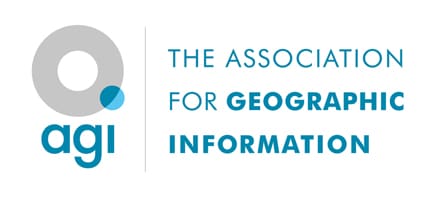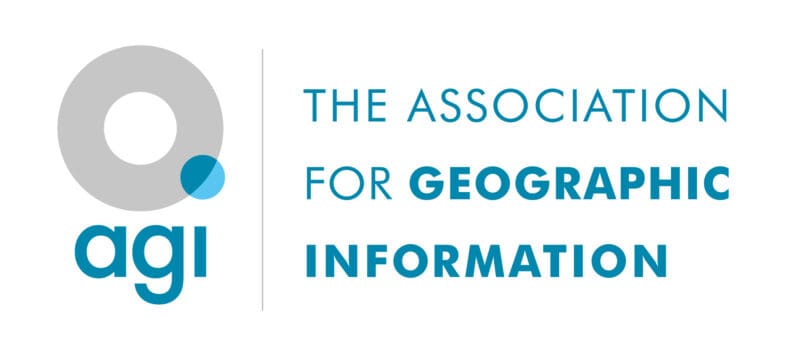This webinar was the second of three designed to explore the principles of the Locus Charter and what they mean in practice for us as practitioners and professionals who use location data, how they might change how we work, and how as a community of location data professionals we can learn from each other and support good practice.
The webinar looked at three principles: to address bias, minimise intrusion and minimise data. The webinar was chaired by Benchmark Initiative Co-Director, Ben Hawes, and our panellists were Claire Milverton, Emma Walker, Jemma Venables, and Ed Parkes.
The advice from the panel included:
“Shift from an opaque AI-driven personal targeting, to systems for user empowerment”
- Embed trust through ongoing engagement: exploring with users, consumers, tech companies where the data sharing/brokering for a specific purpose stops, and intrusion begins. There are good examples of engagement in data management from the health sector. For example, South London and Maudsley NHS Foundation Trust set up a citizen jury to calibrate their understanding of how personal data could be used and to test the language they use. A key finding from this work was to set the language expectation to that of a seven-year-old child.
- There may also be examples of accidental intrusion, particularly from the downstream processing of data gathered from mobile phones, or where cloud and web services might experience data ‘leaks’. But there may also be non-accidental intrusion, for example through algorithms which optimise income generation by bombarding people with personalised content (e.g. gambling) which can compromise individual agency, particularly those who may be vulnerable (a gambling addict).
- As professionals we need to understand that ‘collateral damage’ and question the extent to which that is acceptable – from a public health point of view that algorithm is unethical. A view on intrusion can only come from engagement with those whose data could be infringed.
“Data ethics debates are occurring in parallel to geospatial ethics debates”
- In data governance and quality assessment, tools for data governance are well understood and can help us to effectively manage bias in data. Attention to bias can come through data quality assessment or data audit checking processes. It is important to know what is missing in the data, what the options are and how to mitigate risks. Examples here could include research into data institutions, decisions on access to data, establishment of a data trust, keeping data in separate source systems, spot testing the data, implementing processes to delete data. Engagement with user groups can help to better understand user needs, and therefore inform option and risk analyses.
Know your data asset and ask: “Is that acceptable in the eyes of the public?”
- Location data is not usually personal information, but it can become personal when combined with other datasets which are personal or reveal patterns of life from which individuals may be identified. Practitioners have a judgement call about the data they make available or the data they release and how it might be used, and we must expand our imaginations as to market behaviour.
- New methods of using data can create challenges in understanding the implications for how the data we steward is used. We need to be talking to developers of the technologies and the data users, and if we don’t understand, we need to talk to people who do. Informed judgement calls are critical, guiding how we respond to the principle of data minimisation; taking a general approach to privacy by design helps us to be clear on what the data is being using for and in downstream services, and if data is to be shared, that those data users know what exactly the data should be used for (e.g. through a contract).
“Understand the potential risks of new methods”
- In ethical research, consider an Research Ethics Committee or Advisory Group within your organisation to ask the hard questions about how data sources and methods will be used, and what the impacts could be. These groups can help set parameters to frame the research and consider the organisation’s ethical standards which are there to support both researchers and the people whose data is being used. An example of this in practice can be found at the Office for National Statistics who have set up a specific statistical research environment to give researchers and commercial companies access to data a control space.
- Alongside this, it is important to engage with all stakeholders to understand the impacts of new methods, new data, and if we don’t understand it, to talk to someone who does.
Useful links:
- The ONS Data Ethics policy: Data Ethics Policy – Office for National Statistics (ons.gov.uk)
- Government’s Data Ethics Framework: Data Ethics Framework – GOV.UK (www.gov.uk)
- ICO beta version AI and Data Protection Risk Toolkit
- CDEI Guide to the use of privacy enhancing technologies (PETs) and a beta version of an interactive tool to support the adoption of the technologies in data driven projects.
- About the UK Statistics Authority’s data ethics team: https://uksa.statisticsauthority.gov.uk/what-we-do/data-ethics/
- UK Statistics Authority’s Ethics Self-Assessment Tool: https://uksa.statisticsauthority.gov.uk/the-authority-board/committees/national-statisticians-advisory-committees-and-panels/national-statisticians-data-ethics-advisory-committee/ethics-self-assessment-tool/
- UK Statistics Authority’s recent publication on Ethical considerations in the use of geospatial data for research and statistics: https://uksa.statisticsauthority.gov.uk/publication/ethical-considerations-in-the-use-of-geospatial-data-for-research-and-statistics/
- Monzo – a tool to help people manage gambling addiction and better supporting user choice with their data: Supporting people to self-exclude from gambling (monzo.com)
- Turing Institute research area for ethics in social data science: https://www.turing.ac.uk/research/research-areas/social-data-science/ethics
- ODI Data Ethics work and resources: https://theodi.org/topic/data-ethics-personal-data-and-privacy/page/15
- The Urban Data Institute has undertaken a range of work around ethics and empathy in using imputation to disaggregate data for racial equality: https://www.urban.org/research/publication/ethics-and-empathy-using-imputation-disaggregate-data-racial-equity-recommendations-and-standards-guide

